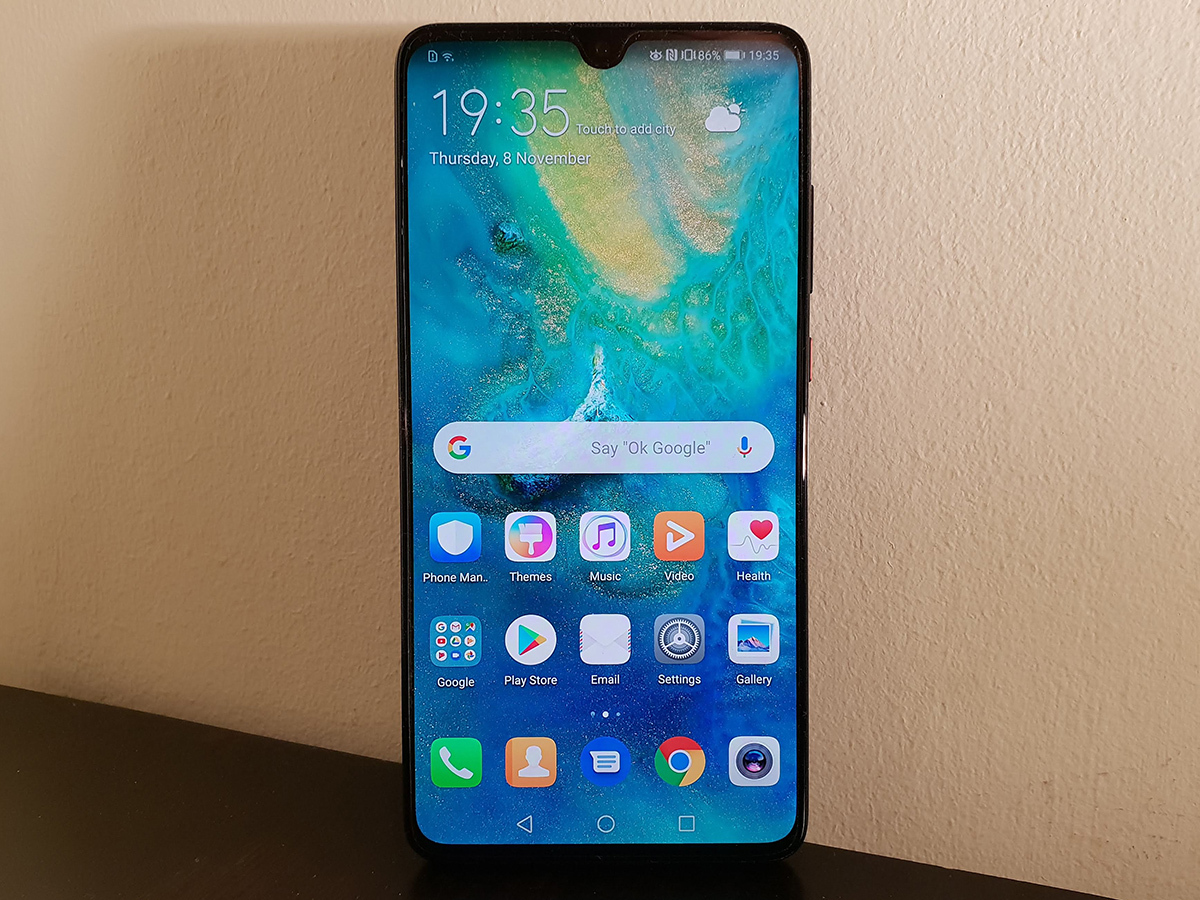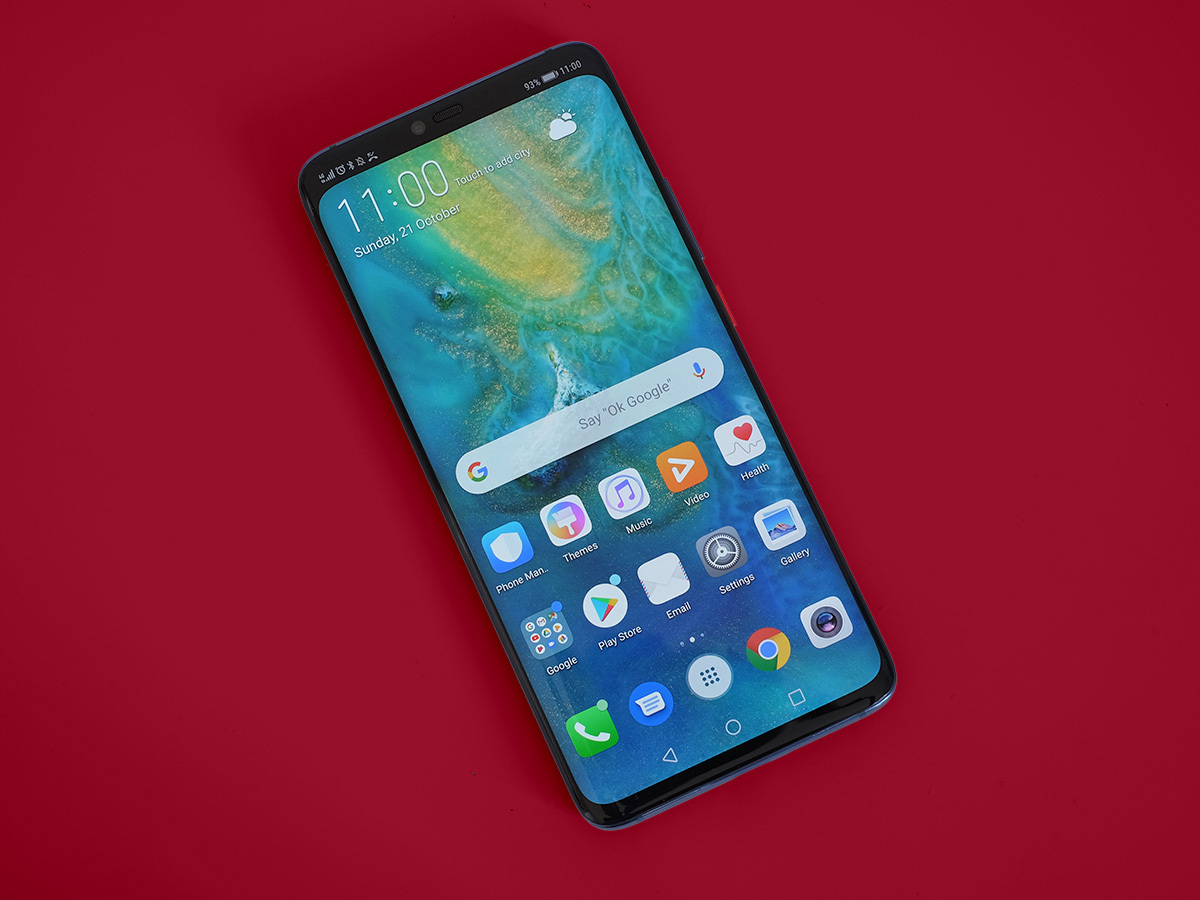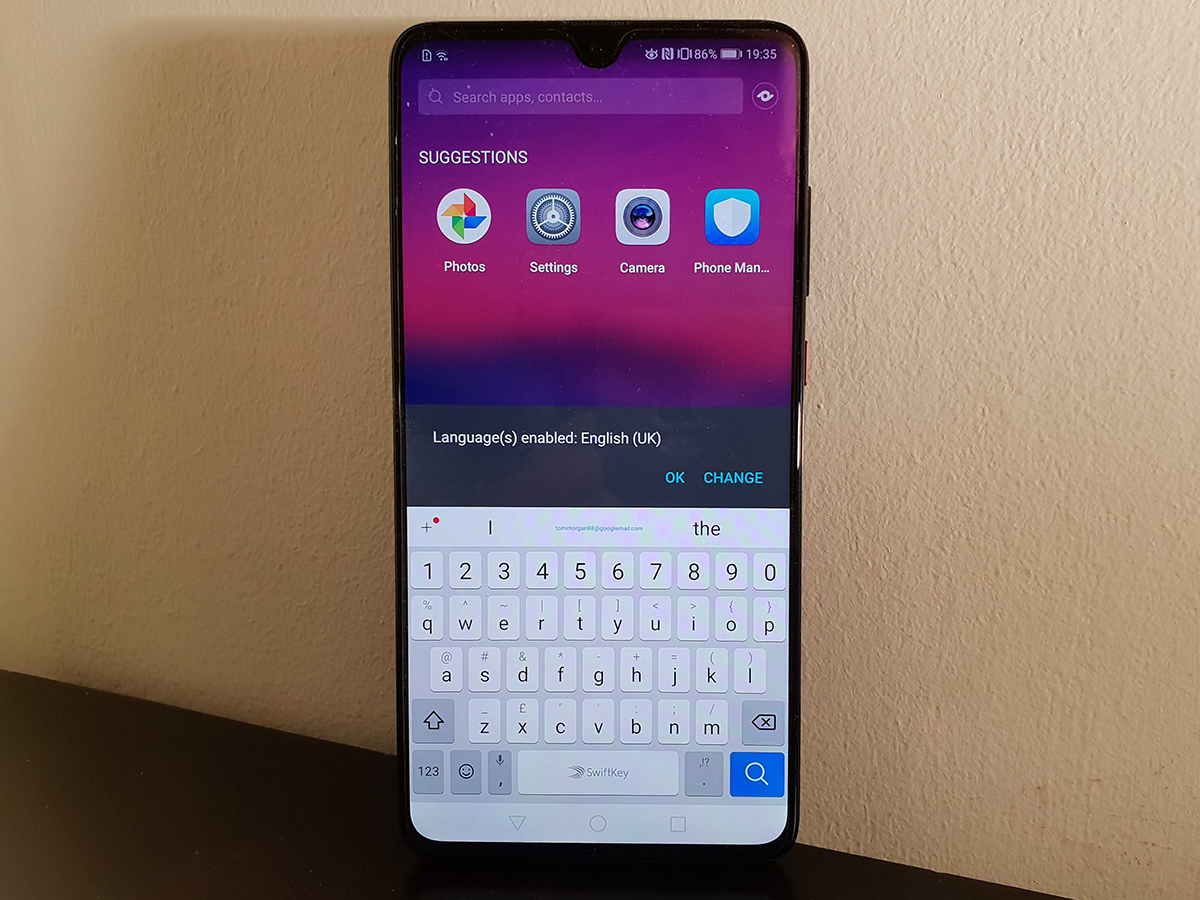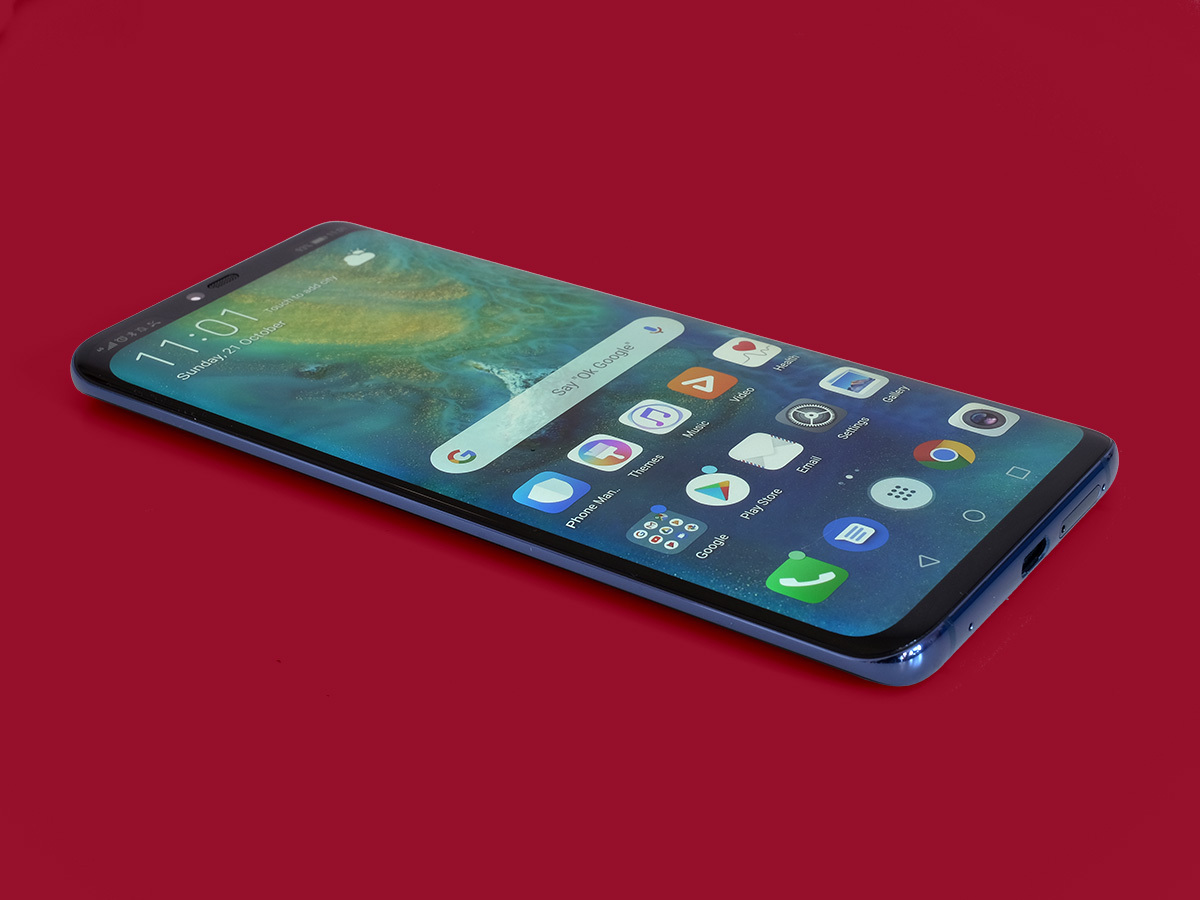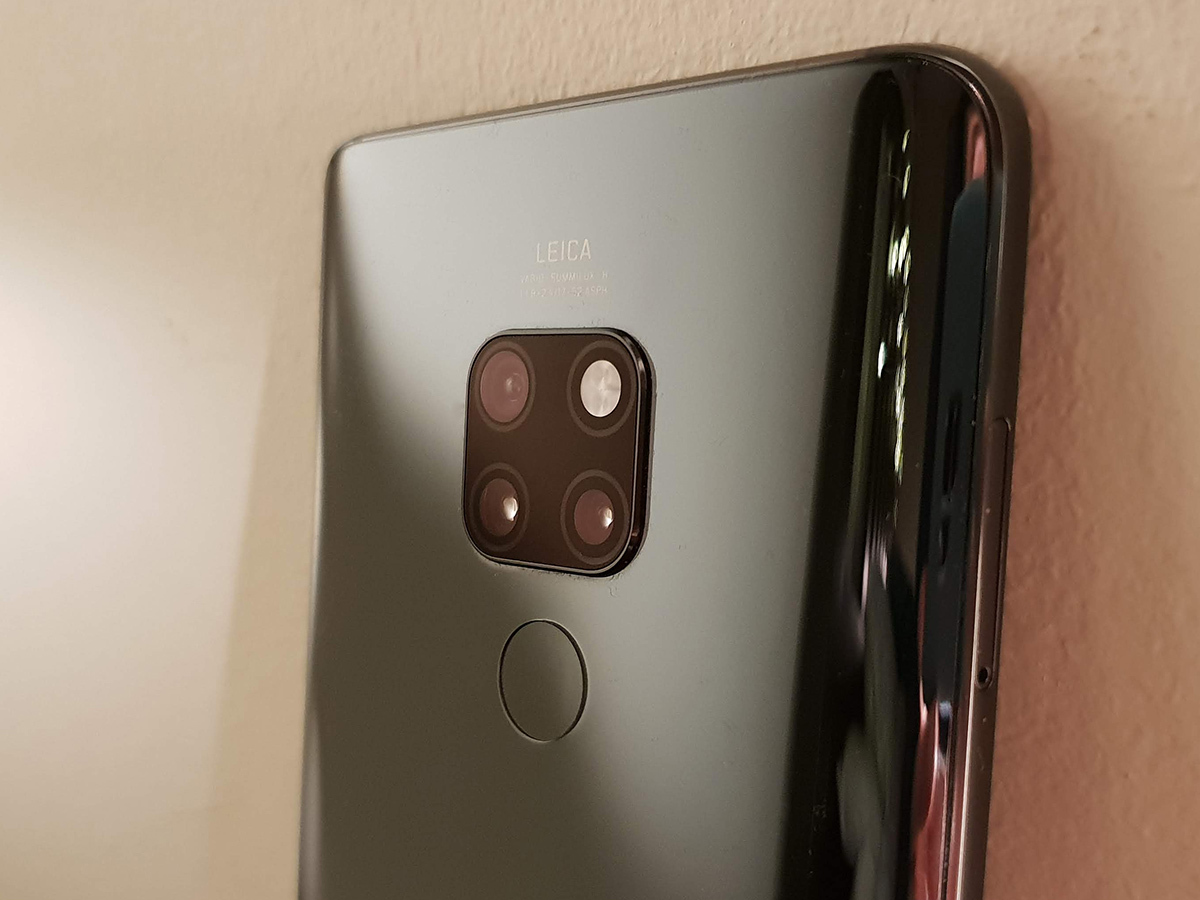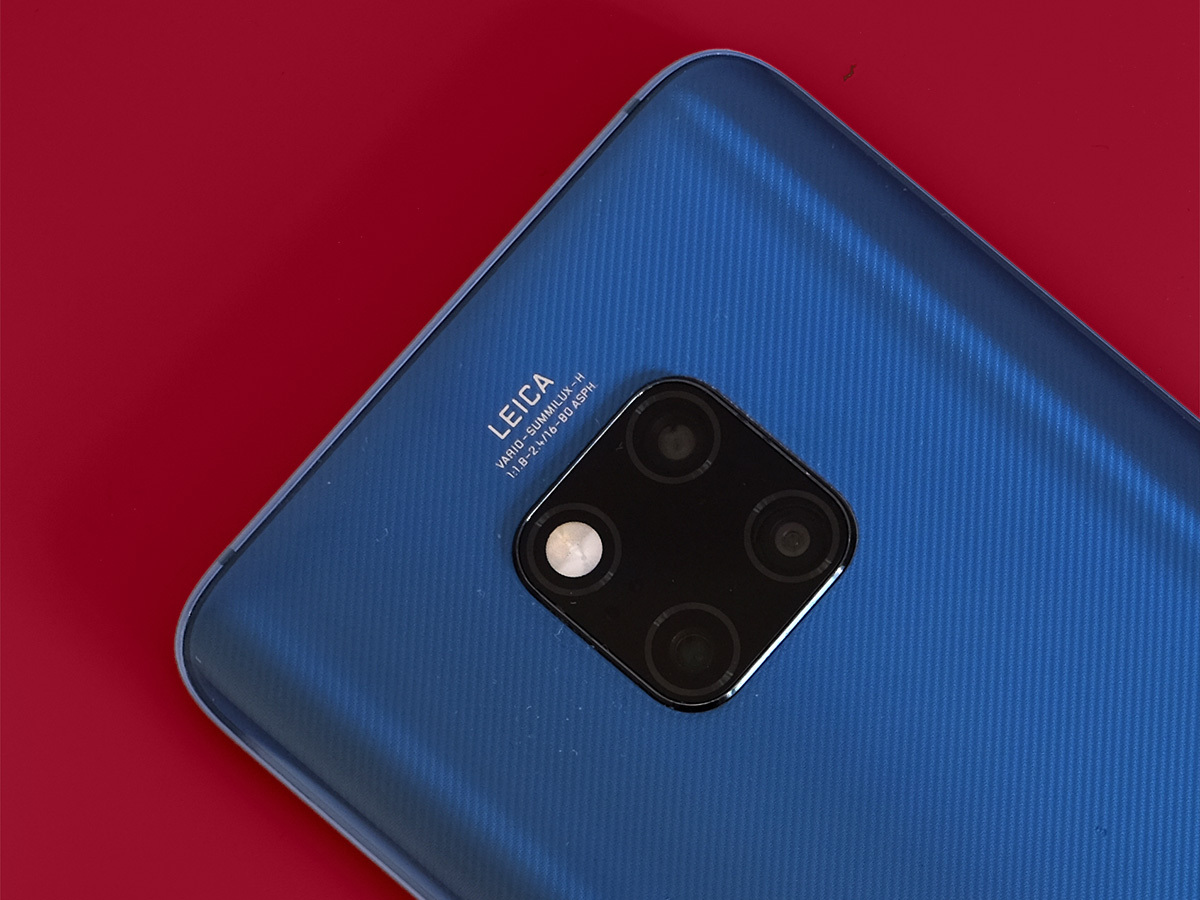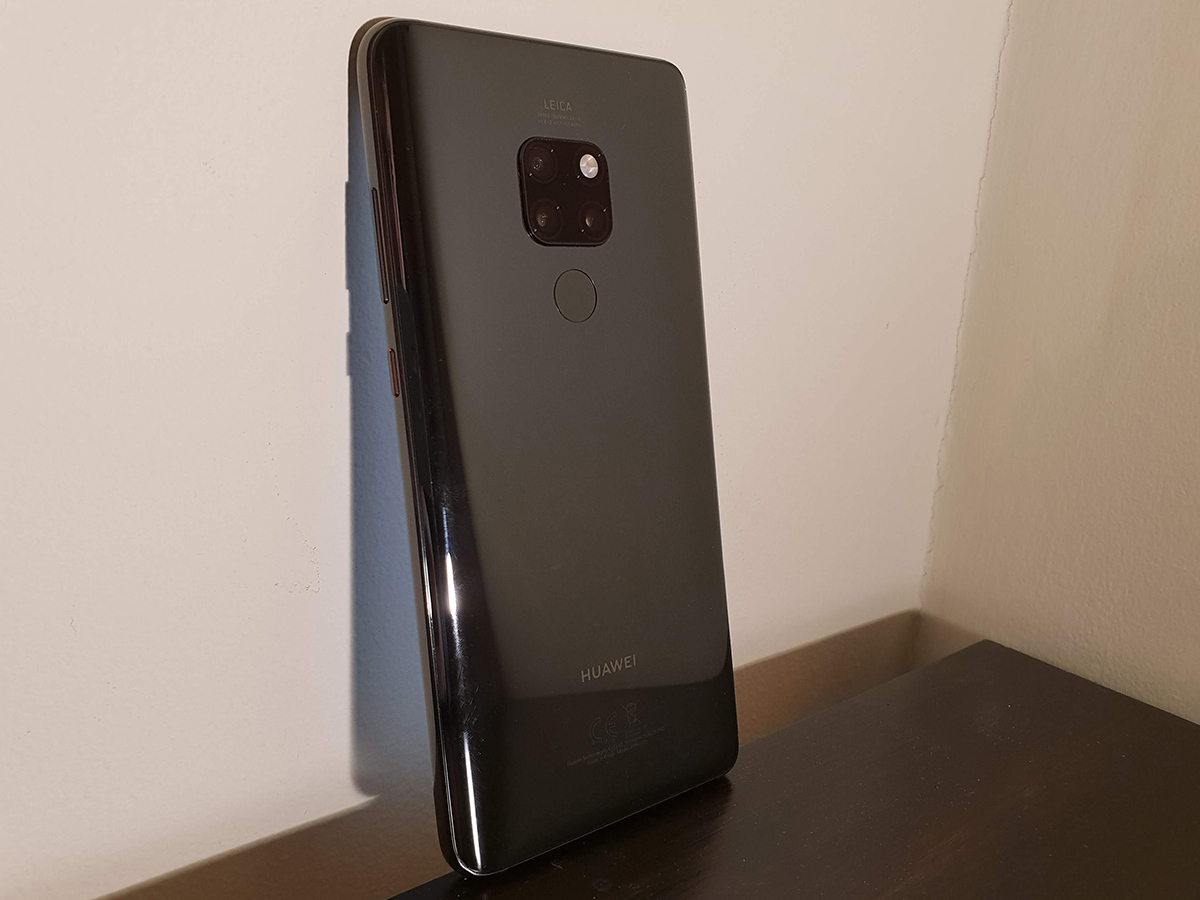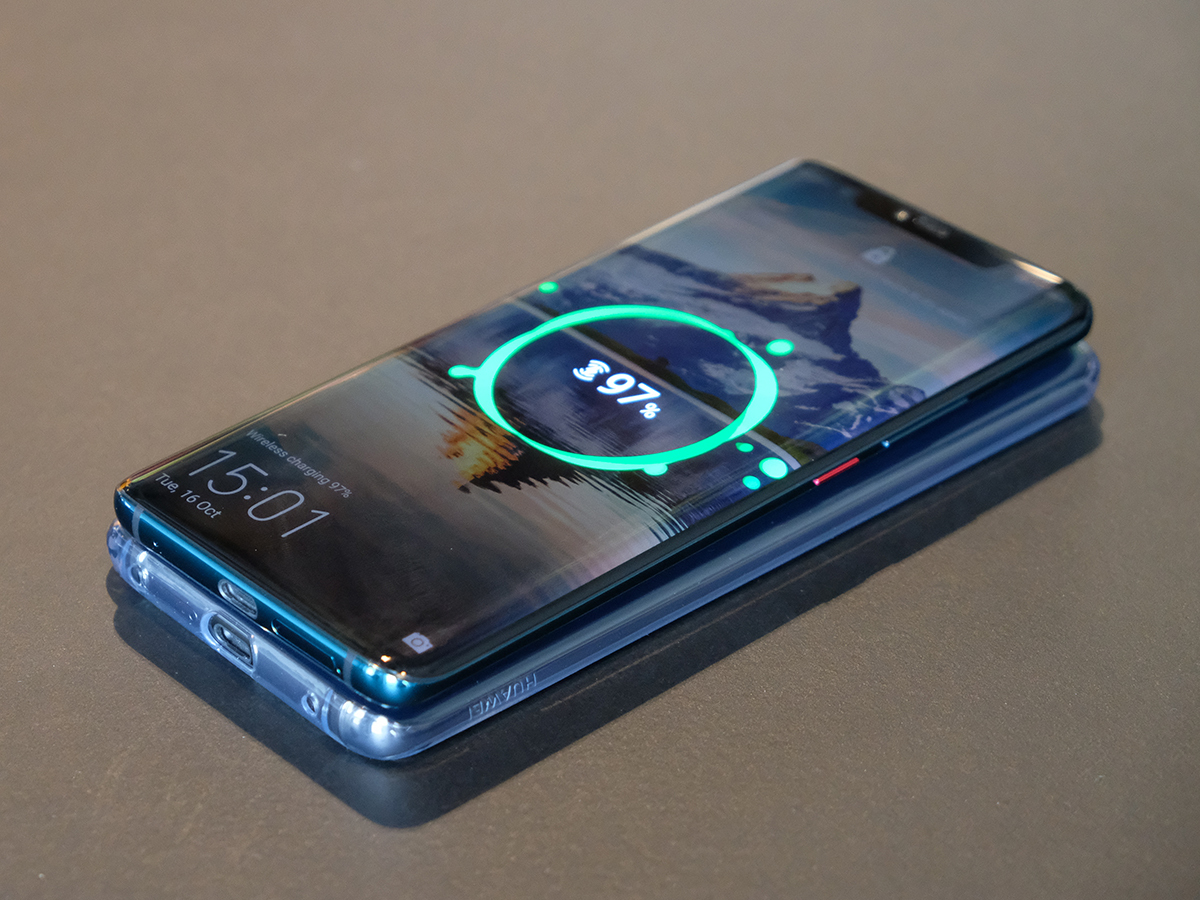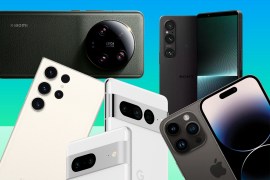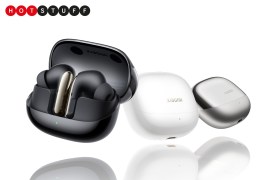Huawei Mate 20 vs Mate 20 Pro: What’s the difference?
Here's how Huawei's huge new flagships compare
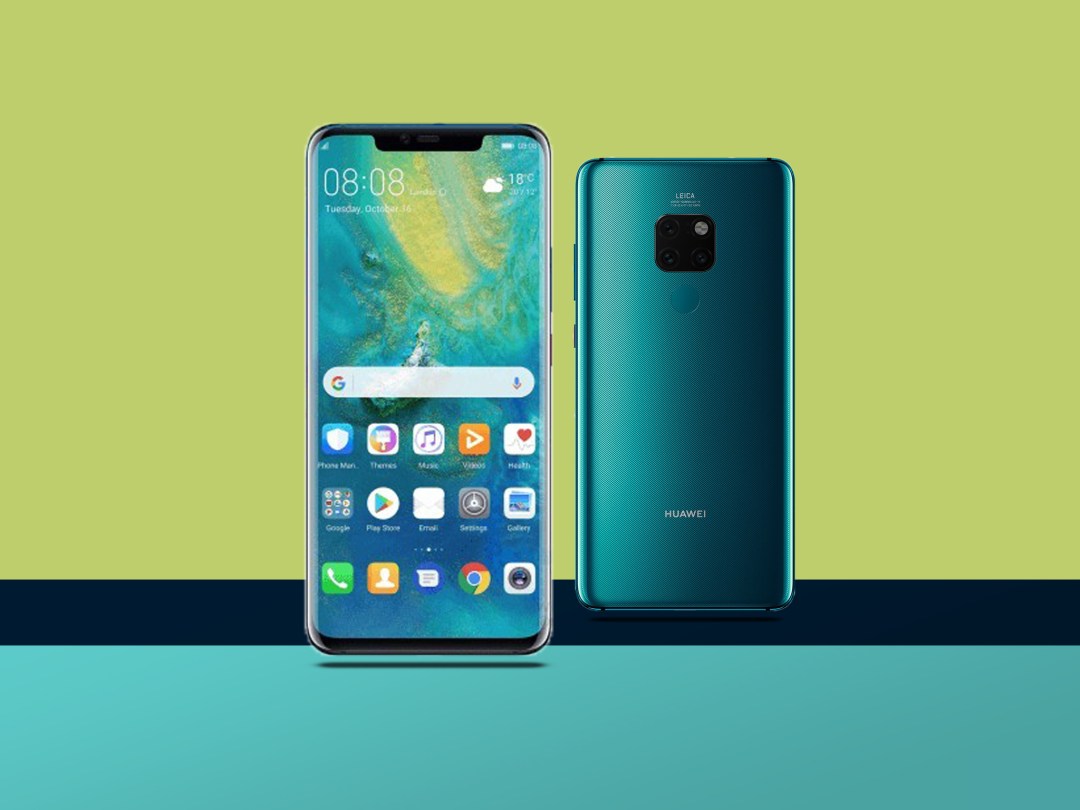
At a glance, you might not be able to tell which Huawei Mate 20 is the Pro model.
Is it the one with the larger screen and the smaller, seemingly more refined notch? Nope, it’s not. The Mate 20 and Mate 20 Pro sport some key differences, no doubt, but they also have a lot of similarities – especially when it comes to the speedy processor and triple-camera setup.
Which is best? If you’re thinking about adding a new Mate to your life, then here’s what you need to know before splashing out several hundred quid.
Design: Not(ch) entirely identical
Slight size difference aside, these phones are pretty much identical from the back. Both have glossy glass backings with a big, square camera module in the upper middle, and you can get it in an optional etched "Hyper Optical Pattern." Both also have a brilliant, gradient Twilight colour option like on the Huawei P20 Pro.
From the front, however, the differences are a lot clearer. The Mate 20 Pro has a big, wide notch like the iPhone XS, while the standard Mate 20 goes for a tiny teardrop notch.
That’s because the Mate 20 Pro has those same iPhone XS-like sensors for improved facial scanning and mapping, while the Mate 20 just has a camera. The latter is the same sort of setup that we’ll reportedly see on the OnePlus 6T. And while the Mate 20 Pro integrates an in-display fingerprint sensor, the standard Mate 20 sensor is right there on the back below the camera module.
Aside from the different notch, the Mate 20 Pro’s screen curves along the sides while the Mate 20 keeps it flat. Meanwhile, the Mate 20 has a headphone port and the Mate 20 Pro doesn’t, while the Mate 20 Pro has IP68 waterproofing… and the Mate 20 doesn’t.
They’re both attractive phones, just different in some key ways.
Screen: Bigger isn’t better
Surprisingly, the standard Mate 20 has the larger screen here: it’s a huge 6.53in panel, while the Mate 20 Pro "settles" for "just" 6.39in. That’s hardly a difference at all, really.
But bigger isn’t better here. The Mate 20 sticks with an LCD panel at 1080p, and while it looks pretty nice, it doesn’t compare to the Quad HD OLED panel of the Mate 20 Pro, which delivers deep blacks and brilliant contrast. The Mate 20’s screen is still pretty good, but the Mate 20 Pro has one of the best displays around.
Also, the Mate 20 Pro has a fingerprint sensor built right into the display, and it works impressively quick. The Mate 20’s more traditional fingerprint sensor sits on the back.
Also Read › Huawei Mate 20 review
Camera: Specs shakeup
Both Mate 20 phones pack triple-camera setups with a similar approach for both, including an identical square-shaped arrangement alongside the flash. However, the Mate 20 does see a slight dip from the Mate 20 Pro.
Simply put: it packs a lot fewer megapixels. The Mate 20 Pro has a huge 40-megapixel wide-angle camera, alongside an 8MP telephoto lens and a 20MP ultra wide-angle lens. Meanwhile, the standard Mate 20 drops those specs to a 12MP wide-angle main camera, along with an 8MP telephoto lens and 16MP ultra wide-angle lens.
How much of an impact will that make? It’s noticeable in some ways. The Mate 20 Pro captures more ultra-fine detail and does a better job with nighttime shots, thanks to optical image stabilisation. Also, the Mate 20 only hits 2x optical zoom, while the Mate 20 Pro goes to 3x.
In any case, the Mate 20 has a great camera – but the Mate 20 Pro has the best camera setup on a smartphone today. The Pro model also has the iPhone X-like 3D facial scanning skills on the front, providing better and more secure facial security.
Performance: Kirin-powered
It’s about equal across the board here. Both phones pack Huawei’s brand new Kirin 980 chip, which uses the same 7nm process as the iPhone XS’ A12 Bionic processor and is almost as speedy. Both also run Huawei’s EMUI 9.0, which is based on Android 9 Pie.
The Mate 20 Pro ships with 6GB RAM standard, while the Mate 20 comes in 4GB and 6GB variants. In either case, you’ll have loads of power to play with for games, apps, multitasking, and whatever else you throw at these phones.
Battery and perks: One big Pro perk
The Mate 20 Pro picks up a tiny bit more battery capacity, with a 4,200mAh cell over the 4,000mAh in the standard Mate 20. But that extra bit is probably just to account for the higher-resolution Pro screen. The P20 Pro had 4,000mAh and was seriously impressive, giving a strong day and a half of uptime with average usage. Both of these handsets can get you into a second day of usage with solid usage.
Both phones pack wireless charging capabilities, but only the Mate 20 Pro has a one-of-a-kind "reverse charging" function, letting you pop another wirelessly-chargeable phone on the back to give it a top-up. Use your Mate to help a mate with a meager charge, we suppose.
And both ship with 128GB internal storage, with the ability to add more via Huawei’s new Nano Memory Card format.
Also Read › Huawei Mate 20 Pro review
Verdict: The Pro advantage
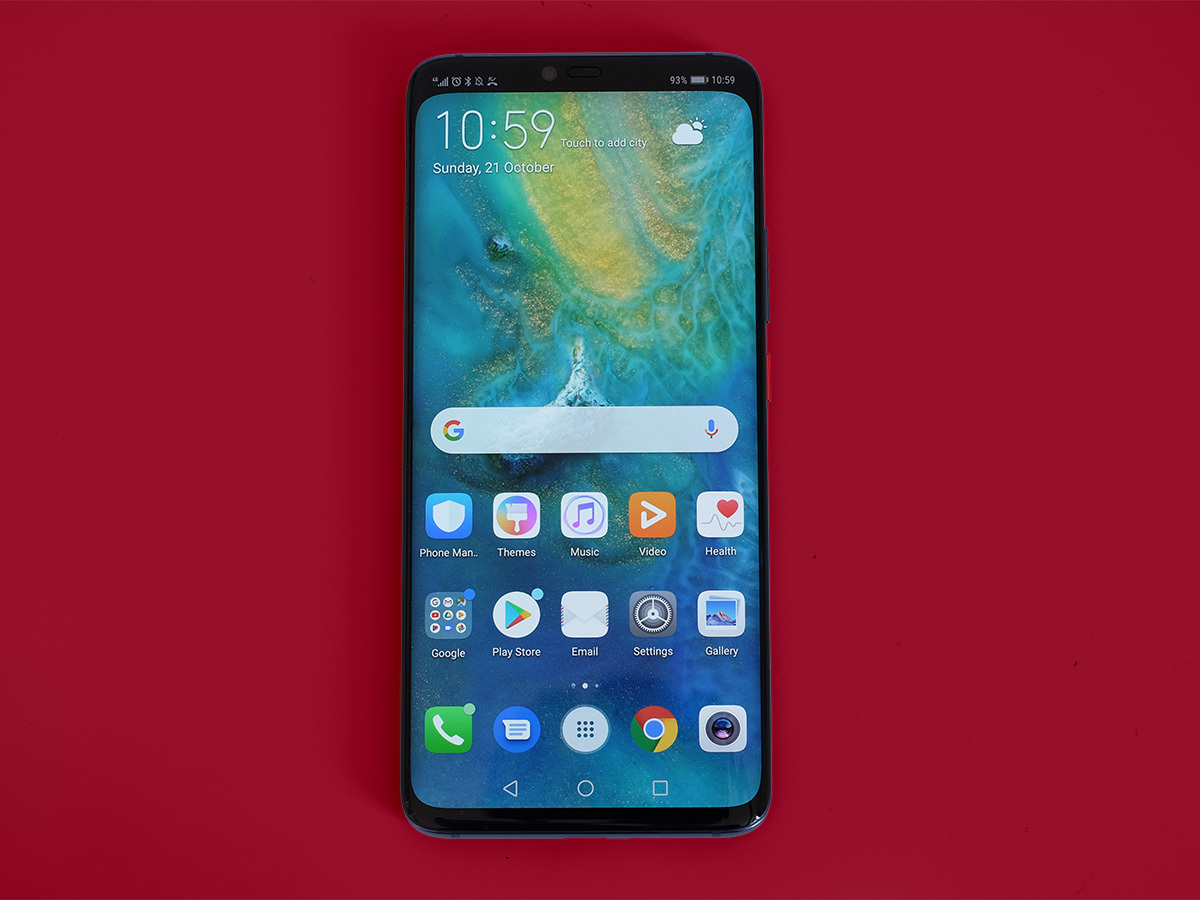
There are definite similarities between these handsets. They’re both big, sleek, and powerful, but the differences really do set them apart. And in that sense, the Mate 20 can’t help but feel seriously overshadowed.
The Mate 20 Pro’s advantages stack up, from the better camera setup to the much-improved screen. It’s worth the extra £200, and it helps make the Pro truly desirable. The Mate 20 doesn’t hit quite the same level of appeal, even if it’s quite good.
If you like the look of the Mate 20 and can’t imagine spending more than £700 on a phone, then go for it – it’s a great phone. But the Mate 20 Pro is our new favourite phone in the world, and we give it a much stronger recommendation.
